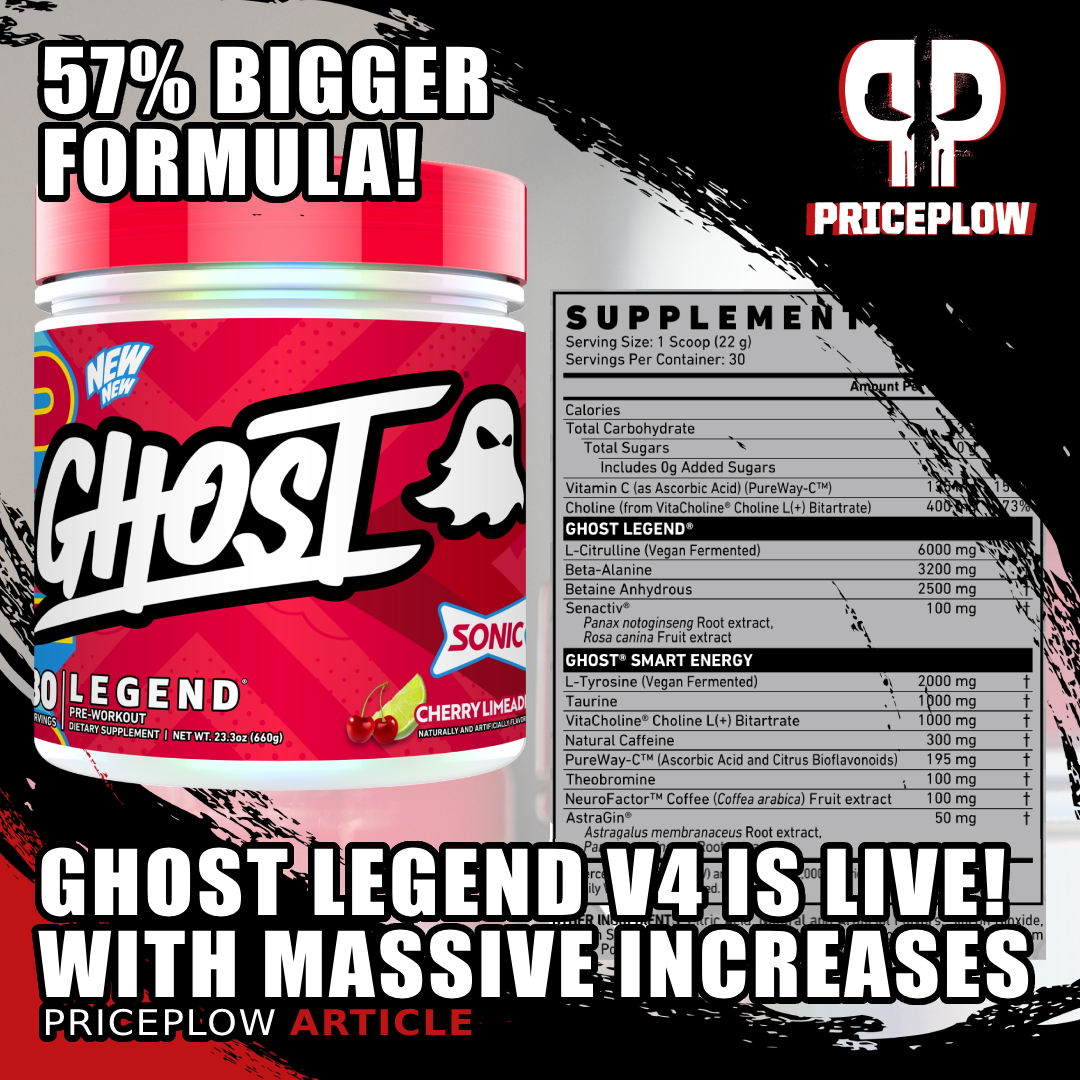
Ghost Legend V4 is now out, with a 57% bigger tub! This article covers the major changes, including a bump to 300mg caffeine, more citrulline, and the additions of betaine, taurine, and tyrosine!
Ghost Lifestyle entered the sports nutrition industry in 2016 and one of the first products they released was Ghost Legend, their legendary stimulant-based pre-workout supplement. With an eye-catching label featuring custom graffiti and transparent ingredient listing, that first version took the entire world by storm -- and the storm hasn't let up since.
Over the years, Ghost took on numerous groundbreaking flavor collaborations, which started with Sour Warheads but led to Sour Patch Kids, Swedish Fish, Welch's Grape Juice, Sonic, Bubblicious, and numerous athlete collabs.
A year after the Legend V3 launch, Ghost decided that it's time for some major changes -- Legend V4 is here, packed with more ingredients, more caffeine, and at a lower price!
Ghost Legend V4: More Scoop, More Value
Ghost Founder/CEO Dan Lourenço joined the PricePlow Podcast for Episode #143 to discuss Legend V4, also letting us in on the Ghost 100 Year Plan. Here are the major changes:
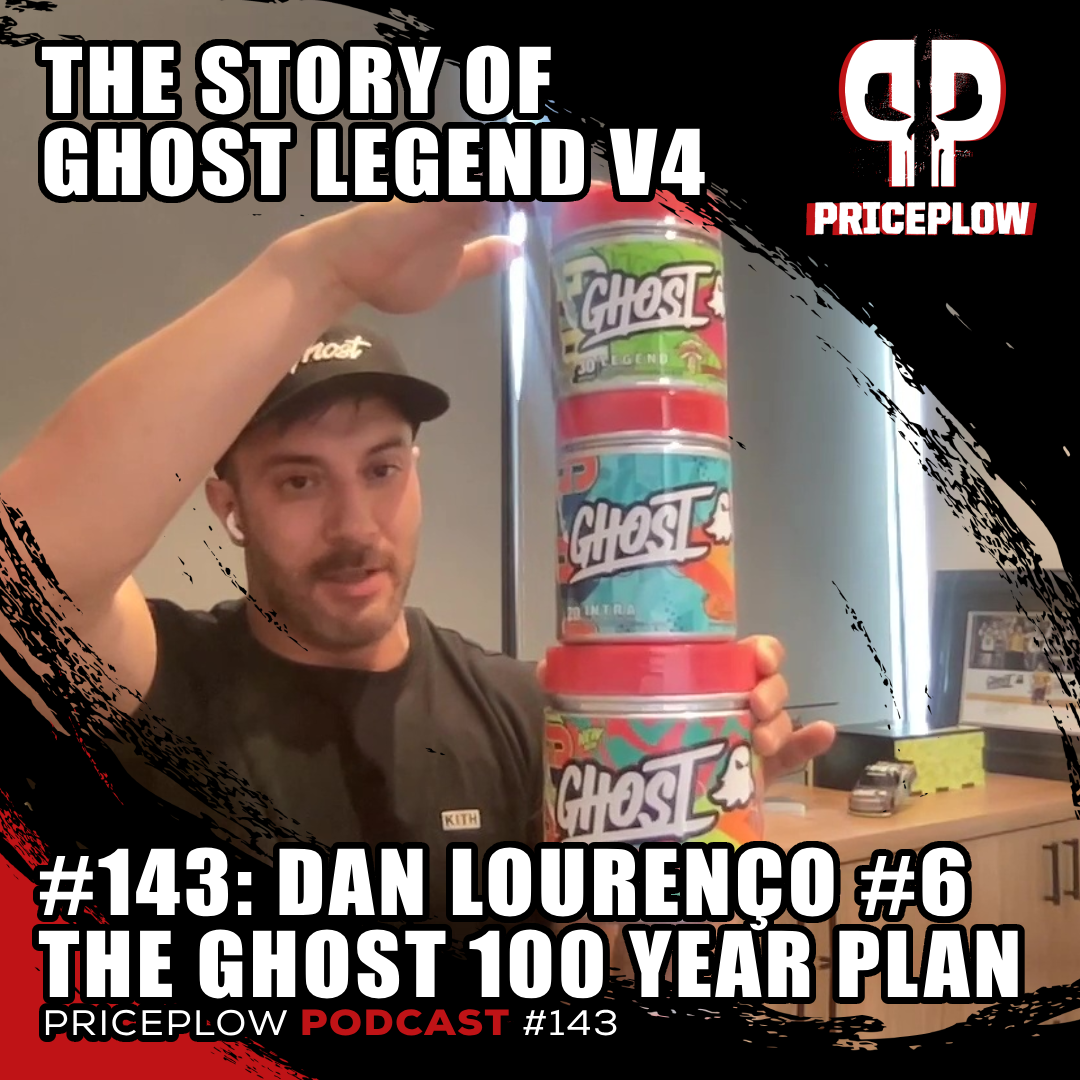
Dan Lourenço returns to the PricePlow Podcast for the sixth time to discuss the Legend V4 launch, the first half of 2024, and the Ghost 100 Year Plan in Episode 143
- Serving size stays at 30, sticking to the major "anti-shrinkflation" change in V3
- Several ingredient changes, with natural caffeine now at 300mg, Nitrosigine replaced by more citrulline, 2.5g Betaine added, 2g L-Tyrosine added, 1g Taurine added, 100mg Senactiv added, and VitaCholine doubled to 1g
- Natural colors only
- Lower retail price, sticking it once again to the inflation we've been seeing!
Put simply, this is a massive increase in material -- overnight we're going from a 14 gram scoop to a 22 gram scoop... it's still at 30 servings, and it's still globally compliant!
300 milligrams natural caffeine in a single-scoop serving
Each single-scoop serving of Ghost Legend now sports 300 milligrams of naturally-sourced caffeine, which is now into serious territory. If that's too much for you, you can use less than a scoop and still have clinical doses of citrulline, and if that's not enough caffeine for you, you can still try Legend ALL OUT.

Sign up for alerts on our Ghost news page so you don't miss any news!
As always, you can expect absolutely epic flavors from Ghost. Legend V4 begins with a few collab flavors (Sour Patch Kids Redberry, Sonic Cherry Limeade, Welch's Grape, and Warheads Sour Watermelon) as well as homegrown flavors in Blue Raspberry and Orange Cream.
Let's get into the ingredient analysis below, but as always, you can check out our coupon-powered prices and sign up for PricePlow's Ghost news alerts, since more news is always on the way:
GHOST Legend – Deals and Price Drop Alerts
Get Price Alerts
No spam, no scams.
Disclosure: PricePlow relies on pricing from stores with which we have a business relationship. We work hard to keep pricing current, but you may find a better offer.
Posts are sponsored in part by the retailers and/or brands listed on this page.
This area is reserved for Team PricePlow's upcoming Product Update video.
Subscribe to our channel and sign up for notifications so you catch it when it goes live!
Ghost Legend V4 Ingredients
Remember, we're at 300 milligrams of caffeine, so use up to one serving (one scoop) of Legend in 6 to 8 ounces of cold water 15 to 30 minutes before exercise.
Here's what one serving of Ghost Legend V4 (22 grams) contains:
-
L-Citrulline – 6,000 mg
Purpose: Nitric oxide pumps
Since L-citrulline is such a powerful nitric oxide booster, Ghost saw no reason to change the amount in Legend V3. L-citrulline is a non-essential amino acid that's naturally found in watermelons and many other plants.[1-5] Citrulline is used in pre-workouts because it increases blood flow, oxygen, and nutrient delivery throughout the body by way of increasing nitric oxide.[1,6]
Not only does L-citrulline boost performance, but it also significantly enhances your ability to get a pump. It's also featured in Ghost's stimulant-free pre-workout pump supplement, Ghost Pump.
L-citrulline is involved in the ureagenesis cycle, which is responsible for removing ammonia from the body. High levels of ammonia can negatively impact your body's ability to generate energy in the form of adenosine triphosphate.[1] Theoretically, greater clearance of ammonia should reduce fatigue.
In order for L-citrulline to carry out its effects, it has to be converted into L-arginine by the kidneys. Afterward, an enzyme called nitric oxide synthase converts the L-arginine into nitric oxide (NO).[7] In response to increased levels of NO, blood vessels vasodilate (expand),[8] allowing blood to flow more efficiently throughout the body.[9]
Studies have shown that supplementing with 3 to 6 grams of L-citrulline before exercise can:[1,6,10-15]
- Significantly boost performance (especially during high-intensity strength and power activities)
- Reduce the post-exercise rating of perceived exertion
- Lower blood pressure
- Decrease muscle soreness / increase recovery
- Better oxygen uptake
- ATP (cellular energy) production
Over twice the clinical dose!
Realize this: the lowest clinically-supported citrulline dose is 2.4 grams[6] -- Legend now has well over twice that amount!
So we have an incredible 6 grams, more than Ghost Legend has ever had (it was at 4 grams in the first three versions).
-
Beta-Alanine – 3,200 mg
Purpose: Muscular fatigue reduction
The mild tingling sensation (known as paresthesia) you'll feel when you take Legend V3 is attributed to the 3.2 gram dose of beta-alanine. Next to L-citrulline and caffeine, beta-alanine is one of the most common ingredients in pre-workouts. Users especially like it because you can sometimes feel the temporary paresthesia kicking in. However, that's not the only reason the ingredient is included in pre-workouts.
Carnosine helps your body flush lactic acid out of the muscles. Beta alanine helps you get more muscle carnosine content.
Beta-alanine is an amino acid used by our bodies to generate more intramuscular carnosine, a molecule used to buffer lactic acid build-up.[16,17] Lactic acid accumulation is typically responsible for the burning sensation in your muscles during intense exercise, and limiting it can lead to improved endurance. Research demonstrates that beta-alanine works in this capacity:
Beta alanine endurance studies
There have been two large meta-analyses on beta-alanine supplementation with respect to athletics (across several sports and activities):
- The first one, published in 2012, looked at 15 studies and shows that beta-alanine works great in exercises lasting 1 to 4 minutes.[18]
- The second review, published in 2016, had far more data to work with — 40 studies. It shows that beta-alanine promotes better endurance in exercises ranging from 30 seconds to 10 minutes![19]
There's also an incredible safety study demonstrating no toxicity,[20] alleviating any fears regarding those tingles. The ISSN's 2015 position on beta-alanine is also an excellent resource for the endurance-boosting ingredient.[17]
-
Betaine Anhydrous - 2500mg
Purpose: Muscle building, body composition, and hydration
A landmark 2013 study showed that 2.5 grams of betaine every day can have profound effects on body mass and strength[21]
This is the first time we've seen classic pre-workout ingredient betaine in a Legend pre-workout, and we're very excited because there's so much good data on it.
Betaine, also known as trimethylglycine (TMG), resembles creatine in its effects, even though it has a very different mechanism of action. The similarity lies in the fact that both betaine and creatine work to increase adenosine triphosphate (ATP) production.[22]
The difference is that creatine donates phosphate groups to this metabolic process, whereas betaine donates methyl groups. In fact, betaine is something of a super-methylator. That's important because methylation is one of those fundamental metabolic processes that winds up directly or indirectly affecting everything that goes on in your body.
Betaine has some cool benefits on short-term athletic performance as well. It's an osmolyte, meaning that it promotes cellular hyperhydration, forcing a greater than usual volume of water into your cells by raising osmotic pressure around your cells.
The additional water comes with more nutrients and fuel, which can make your cells stronger[21,23] and more resilient to heat stress.[24]
There's plenty of research showing betaine's ability to improve strength, power, and body composition.[21,23-28] But we want to highlight one study that we find particularly impressive.[21,23]
This study, published in 2013, showed that subjects taking 2,500 milligrams of betaine daily – the same dose used in Legend V4 – gained 5.3 pounds of muscle and lost 6.4 pounds of fat over the 1.5-month study period. That's a 3% decrease in body fat percentage.[21,23]
Another study, this one from 2018, partially replicated that result in collegiate women. These women did a weight training program in conjunction with betaine supplementation and ultimately lost 4.4 pounds more body fat than the placebo group.[7]
Finally, one of the most important functions of betaine's methylation is to control levels of homocysteine.[29] High homocysteine is associated with arterial calcification, and many cardiovascular situations.[30] So betaine's anti-homocysteine effect represents a great investment in your long-term health and athletic performance.
Not hard to see why it's been added to Legend V4, is it?!
Betaine's also in Ghost SIZE, which makes this stack even more interesting since 5 grams per day has additional research for it!
-
L-Tyrosine - 2000mg
Purpose: Focus and neurotransmitter support
To increase focus and help you cope with stressful situations, such as intense exercise, Legend V4 uses 2 grams of the conditionally essential amino acid L-tyrosine, upgraded from the 1 gram they had in V2. Some research shows that L-tyrosine boosts alertness, focus, mood, and mental energy by increasing the production of three key neurotransmitters:[31]
- Norepinephrine
- Epinephrine
- Dopamine
Neurotransmitters are chemical messengers that are necessary for cell-to-cell interactions, signaling, and to carry out nearly every physiological process in the body. High-stress events (including exercise) can significantly deplete neurotransmitter levels, which can lead to decreased performance, increased fatigue, and difficulty concentrating. So supplementing with L-tyrosine prior to exercise can help delay or prevent the depletion of these neurotransmitters.
Norepinephrine and epinephrine are two catecholamines (hormones) that play an important role in the sympathetic nervous system (SNS). They're activated in times of stress. The SNS is where the fight-or-flight response originates. It's how the brain responds to stressful situations. These hormones are mainly responsible for increasing lipolysis, blood glucose levels, heart rate, and decreasing digestion.
Dopamine, on the other hand, is known as the "feel-good" neurotransmitter. It's linked to feelings of pleasure, motivation, mood, and reward. Research has shown that supplementing with L-tyrosine leads to improved cognitive function and performance and assists users in adapting to stress.[32,33]
-
Taurine - 1000mg
Purpose: Hydration, endurance, and mitochondrial support
Similar to L-tyrosine, taurine is conditionally essential because the body can produce it, but under extreme circumstances (intense training in our case), it's beneficial to more.[34]
Taurine is involved in a number of bodily functions, such as:[34,35]
- Osmoregulation (the balance between intracellular and extracellular fluid)
- Stabilization of cell membranes
- Calcium signaling
- Scavenging free radicals
- Reduction of oxidative stress
- Production of bile salts, which help metabolize fats
A systematic review of taurine published in the journal Sports Medicine discovered that Supplementing with 1 to 6 grams can significantly increase endurance.[36]
Moreover, a study published in the journal Life Sciences found that taurine can boost cognition through:[35]
- Restoring the function of taurine transporters and GABA (𝜸-aminobutyric acid) receptors
- Decreasing neuroinflammation and oxidative stress
- Activating physiological pathways
- Stimulating mitochondrial biogenesis and synaptic function
Last, a study showed that taurine has the ability to increase nitric oxide levels by activating nitric oxide synthase and enhancing the bioavailability of nitric oxide.[37] If you couldn't tell, we're happy to have it back in Legend V4.
-
VitaCholine Choline L+Bitartrate - 1000mg
Purpose: Focus and acetylcholine production
Choline is a B vitamin that plays many roles, the most important of which is arguably maintenance of cellular membranes.[38] Although your body can make some choline on its own, the B vitamin is still considered an essential nutrient because the body can't make enough to cover all of its own nutritional requirements.
In the central nervous system (CNS), choline serves as an ingredient in the synthesis of acetylcholine, which we often call the learning neurotransmitter because of its importance in learning and memory consolidation.[39] A rise in acetylcholine levels translates to improved cognition in multiple domains, including balance and coordination.[40,41]
So here, choline is mainly used as a nootropic ingredient to boost focus, although it's definitely used for more than that.
The advantage of VitaCholine is that it's 100% L+choline, the most bioavailable isomer of choline. This is the form that was switched from Alpha-GPC in V3 (discussed below in the section detailing the differences).
-
Natural Caffeine – 300 mg
Purpose: Energy
Instead of using a synthetic source of caffeine, such as caffeine anhydrous, starting in Legend V2, Ghost used natural caffeine derived from coffee beans. The switch means Ghost no longer relies on synthetic sources, which may have questionable origins.
Caffeine is the most studied supplement ingredient and has been shown, time and again, to significantly boost both physical and mental performance across various activities.[42,43] Caffeine acts by blocking adenosine from binding to its receptors, which reduces neural activity and results in boosting energy levels.[42,43]
Moreover, caffeine inhibits the enzyme that breaks down cyclic adenosine monophosphate (cAMP), known as phosphodiesterase.[42,43] Greater levels of cAMP help increase ATP production, which also leads to a rise in energy. Studies have shown that caffeine decreases pain perception and promotes fat loss.[42,43]
Anecdotally, it's argued that natural caffeine raises energy levels more smoothly than synthetic caffeine anhydrous — although that hasn't been demonstrated in any known research.
Ghost Legend V4 now has 300 milligrams of caffeine — more than any standard Ghost Legend formula yet! Historically, V2 and V3 had 250 milligrams total, while V1 had a blend that yielded 202 total milligrams back.
-
PureWay-C - 195mg (yielding 135mg / 150% DV Vitamin C)
Purpose: Reduced soreness
The Ghost Hydration Sour Patch Kids collab is here, and the two flavors (Redberry and Blue Raspberry) come in bags of convenient stick packs
Used in other Ghost formulas like Ghost Hydration, PureWay-C is a source of vitamin C that claims 233% better vitamin retention.
Vitamin C has well-known antioxidant properties,[44,45] and supplementing it may promote nitric oxide production[46] and prevent deficiencies that diminish athletic performance.[47] Research has shown it can reduce soreness and markers of muscle damage post-workout.[48,49] Dieters with reduced calories also see fatigue reduction with the vitamin.[50]
But this isn't any vitamin C, it's PureWay-C:
PureWay-C: more bioavailability, more vitamin c retention
PureWay-C includes bioflavonoids, and it has at least four research studies showing great efficacy.[51-54]
A 2008 study putting Pure-Way C against three other forms of vitamin C (standard ascorbic acid, Ester-C [ascorbate-calcium threonate-dehydroascorbate], and calcium ascorbate), concluded with this:
PureWay-C supplementation leads to the highest absolute serum vitamin C levels when compared to AA, CaA and Ester-C. PureWay-C provides a statistically significant greater serum level than calcium ascorbate at 1, 2, 4, and 6 hours post oral supplementation[51]
This is the kind of power up we expect from Ghost.
-
Theobromine – 100 mg
Purpose: Longer-lasting energy
In addition to 300 milligrams of caffeine for boosting energy levels, Legend also has 100 milligrams of theobromine. Theobromine, a bitter alkaloid derived from cacao beans, is commonly found in pre-workouts and fat burners due to its ability to increase energy levels and suppress appetite.[55,56]
Research shows that theobromine has the same mechanism of action as caffeine, meaning that it's an inhibitor of both phosphodiesterase and adenosine.[55] Since theobromine has a similar molecular structure to caffeine, it makes sense that it would have comparable effects on the body.
However, some studies suggest that caffeine and theobromine have varying levels of stimulatory effects due to different half-lives.[55] Simply put, it takes longer for the body to metabolize and excrete theobromine than caffeine. Theoretically, the combination of these two ingredients should boost your energy levels and keep them elevated for a longer period of time.
Lastly, theobromine expresses a few extra health benefits because of its anti-inflammatory, antitumoral, and cardioprotective properties.[55]
-
NeuroFactor Coffee (Coffea arabica) Fruit extract – 100 mg
Purpose: Focus and cognitive support
NeuroFactor is a standardized coffee fruit extract that can help improve cognitive function and energy levels. It does this by increasing the expression of brain-derived neurotrophic factor (BDNF), which supports the growth, differentiation, and networking of neurons.[57]
Research shows that in general, the higher your serum BDNF, the better your brain can be expected to work.[58] Consistently-elevated BDNF can protect against neurotoxins and neurodegenerative illness,[58,59] while low BDNF increases your brain's susceptibility to such illness.[59]
Incredibly, the 100-milligram dose used in Ghost Legend has been shown to increase BDNF levels by an incredible 150%.[59] This is the ingredient that replaces rauwolfia, which should initiate a smoother feel.
-
Senactiv (Panax Notoginseng and Rosa canina extracts)- 100mg
Purpose: Endurance
Back from Legend V2 and in a bigger way (going from 50 to 100 milligrams), Senactiv is back. This is a patented[60] blend of ginseng and rose extracts with research showing support to help you re-energize, recover, and repair by:[61-66]
- Increasing the production of citrate synthase, which is an enzyme involved in ATP synthesis
- Reducing exercise-induced inflammation markers, resulting in faster recovery and less soreness
- Promoting the removal of damaged cells and the replenishment of healthy cells
Ghost has used this ingredient since before it was even called Senactiv -- Dan has long been a fan, and used it back when it was named ActiGin years ago.
-
AstraGin (Panax notoginseng and Astragalus membranaceus) Root Extracts – 50 mg
Purpose: Ingredient absorption
Ghost finishes Legend off with AstraGin, a patented ingredient from NuLiv Science made from a proprietary blend of Panax notoginseng and Astragalus membranaceus root extracts.[67-71] It's used as a bioavailability-enhancer - research has shown one of its components can promote gut health and improve L-arginine uptake.[72]
Ghost Legend V4 Flavors
Here's an updated list of all Ghost Legend V3 flavors that are currently available. The ones highlighted in yellow are the original five available in the July 2024 V4 launch.
So where are we now and where have we been? First, listen to Ghost Founder and CEO Dan Lourenço in Episode #143 of the PricePlow Podcast. He gets into a ton of the rationale behind the changes. You can also watch the video below:
After that, let's dig into the details:
Major Differences from Legend V3 to V4
- Caffeine now at 300mg! The caffeine dose keeps going higher, doesn't it? Legend started at 202mg, made its way up to 250mg, and is now at 300. This responds to market demand, and is simply the state of affairs in our underslept, blue-light-saturated society.
At least more caffeine can lead to more strength and performance, though.
- Nitrosigine has been replaced by more citrulline Introduced in Legend V2 and kept in Legend V3, the biggest change is that GHOST has removed the 1500 milligrams of Nitrosigine from the formula, opting to instead add 2000 milligrams more L-citrulline.
While Nitrosigine fans may be disappointed, this has enabled the brand to add a lot more to Legend:
- 2500mg Betaine Added There's simply too much solid performance and body composition research not to include this ingredient (also known as trimethylglycine). Yes, it's also in Ghost SIZE at 2500 milligrams, but guess what: There's even more research when it's used at 5000 milligrams per day.
Added L-Taurine (1000mg) and Tyrosine (2000mg) Bigger tub gives you bigger ingredients. As GHOST founder and CEO Dan Lourenço has stated in Episode #116 of the PricePlow Podcast, it wasn't the cost keeping these ingredients out of the formula -- it was the size constraint. That problem's now been solved, and solved with solid doses too.
- Double the Choline VitaCholine Choline Bitartrate has been bumped up from 500 to 1000 milligrams. This now yields 73% of the recommended daily value of choline, a benefit for those who aren't eating much meat or eggs.
- Senactiv Added Dan and the team at GHOST have long been big fans of Senactiv, even back when it was known as ActiGin. The question really became, "Where does it belong in the stack?"
It looks like they've found their place, with 100 milligrams here in Legend, 50 milligrams in Ghost SIZE, and another 50 milligrams in Ghost Hydration (powder).
- Vitamin C added GHOST loves PureWay-C, a bioavailability-enhanced form of vitamin C. Normally they pair this with nitrates in supplements like Ghost PUMP, but you get 150% DV here as well to combat oxidation.
Overall, that's a lot of stuff added, with only one thing removed. Moving from 14 grams to 22 grams is no joke!
Ghost Legend V4 is a Statement
Ghost Legend V4 is quite the anomaly. Bigger, better, and cheaper. The tubs are simply huge. This is a statement to the industry - Ghost is coming to eat your lunch.
We're not only seeing the opposite of "shrinkflation" here, we're seeing the opposite of inflation too! Users who are looking for an affordable daily driver will be excited to see those extra five servings to prolong their tub, and lower stimulant users may even get two months worth of workouts out of this!
Not only that, but with 6 grams of citrulline, we're not fully sure how much you need Ghost Pump -- although for massive arm days, it certainly can't hurt.
Ghost's training stack includes Ghost Pump, Ghost Size, and Ghost Intra (you could also consider Ghost BCAA if you want it cheaper or even more epic flavors) -- we're excited to see the upcoming changes to Size, but as Dan stated on our podcast, "Pump is perfect" and Intra is hot off the press, updated from the Ghost Amino formula.
To stay informed, subscribe below for more Ghost news, reviews, interviews, and deals from PricePlow. If you want to try Legend V4, use coupon code PRICEPLOW for 20% off!
GHOST Legend – Deals and Price Drop Alerts
Get Price Alerts
No spam, no scams.
Disclosure: PricePlow relies on pricing from stores with which we have a business relationship. We work hard to keep pricing current, but you may find a better offer.
Posts are sponsored in part by the retailers and/or brands listed on this page.
Continuing our trip down memory lane:
Legend V3 vs Legend v2
Let's recap some of the V2 to V3 changes:
Servings Increased From 25 to 30
The first big thing to note about the V3 update is that Ghost gives you 30 full servings instead of 25. This is based on feedback from consumers who indicated they want more value.
Generally, pre-workouts are available in 20-25 servings, which is typically a month's supply (most people don't train seven days a week). However, with Ghost Legend... we have a feeling more customers do take it daily, simply because the taste is phenomenal and it provides such excellent energy.
Single-scoop!
Additionally, a full serving is now available in just one scoop, rather than two. The two-scoop servings and "20/40" splits we sometimes see can get confusing, and annoying, to readers. We've seen a return to single-scoop, single-serving pre-workout supplements, which Ghost never had.
Ingredient Changes from V2 to V3
- Senactiv was removed in V3, but re-added in V4. They had done this for global compliance, a problem that seems to have been solved.
- Rauwolfia was replaced with NeuroFactor, and that has stuck with V4. This one probably isn't a surprise – rauwolfia is a strong stimulant, and a lot of people experience anxiety and jitters when using it. NeuroFactor, on the other hand, gives a much cleaner type of energy. It upregulates neuroplastic and neurogenic factors instead of adrenergic receptors.
- Taurine was removed, but this decision has been undone with the bigger tub in V4.
- Tyrosine was removed, but this decision was also undone with V4.
- Alpha GPC was replaced with VitaCholine – mostly for global compliance reasons. Alpha-GPC came under fire in 2023 is that Alpha-GPC is "as good as banned" in Europe after a couple of negative studies.[73]
We discussed some of this with Ghost Lifestyle Founder and CEO Dan Lourenço on episode #088 of the PricePlow Podcast, Dan Lourenço #4: Ghost Lifestyle's Plans for 2023.
What was in Legend V1?
For a trip down memory lane, here's the original Legend V1 label:
There have, of course, been many other collabs along the way. If any are currently available, we'll show them in our flavor listings and price comparisons. And remember, if you need more energy, there's always Legend ALL OUT, with 400 milligrams of caffeine.
GHOST Legend – Deals and Price Drop Alerts
Get Price Alerts
No spam, no scams.
Disclosure: PricePlow relies on pricing from stores with which we have a business relationship. We work hard to keep pricing current, but you may find a better offer.
Posts are sponsored in part by the retailers and/or brands listed on this page.
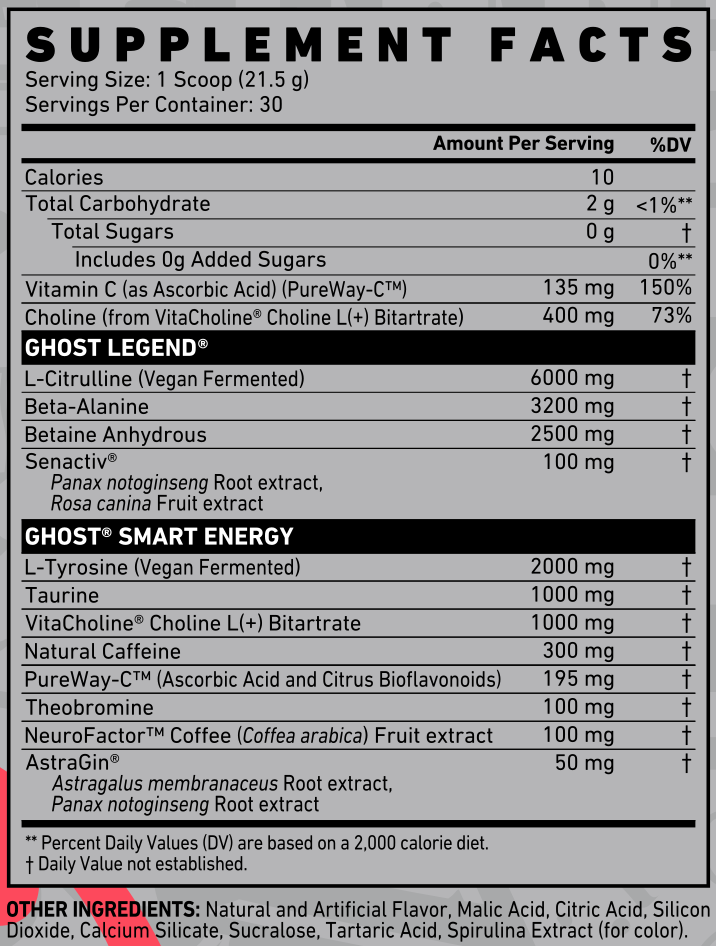
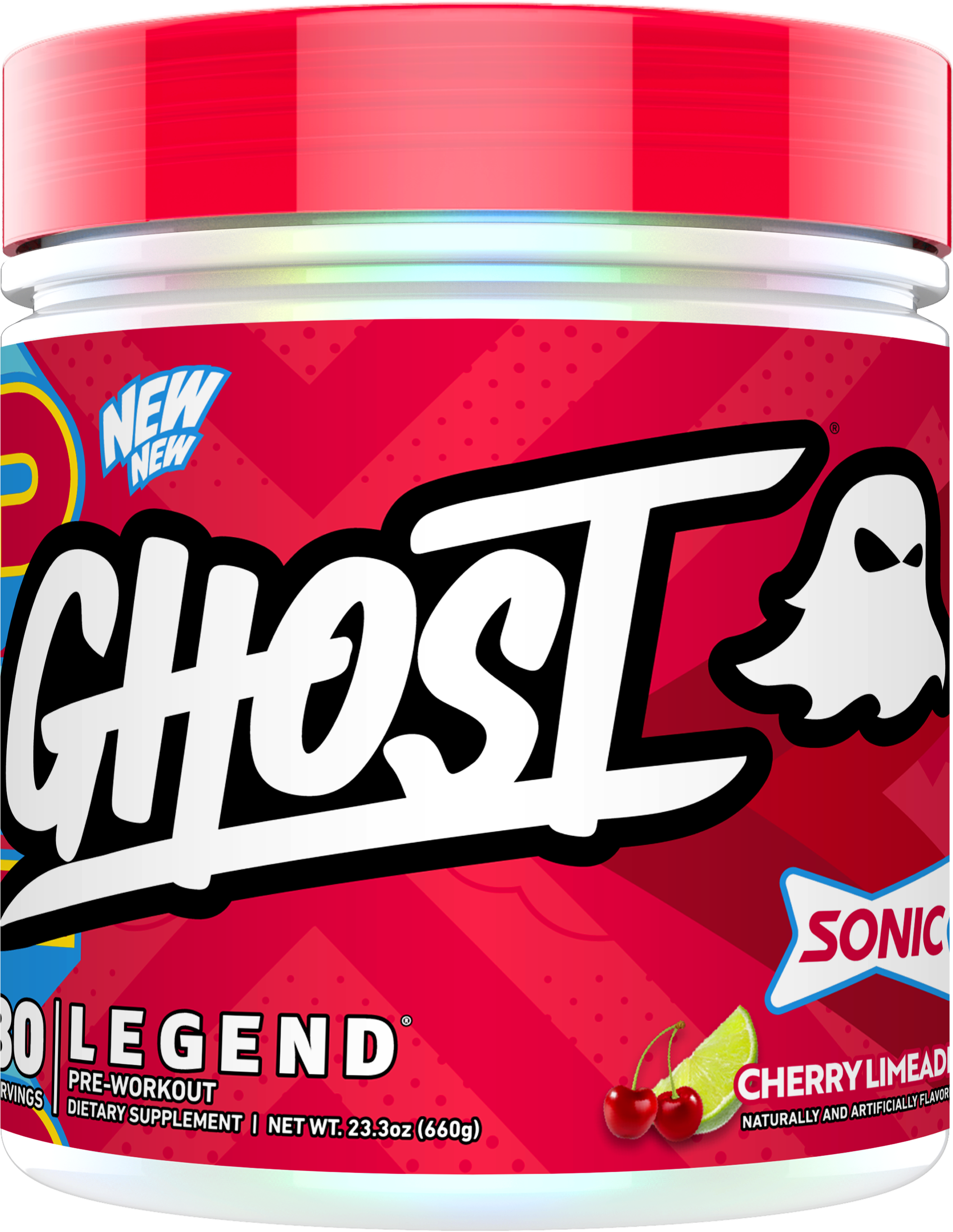
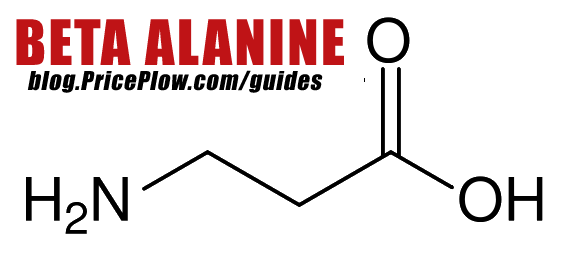

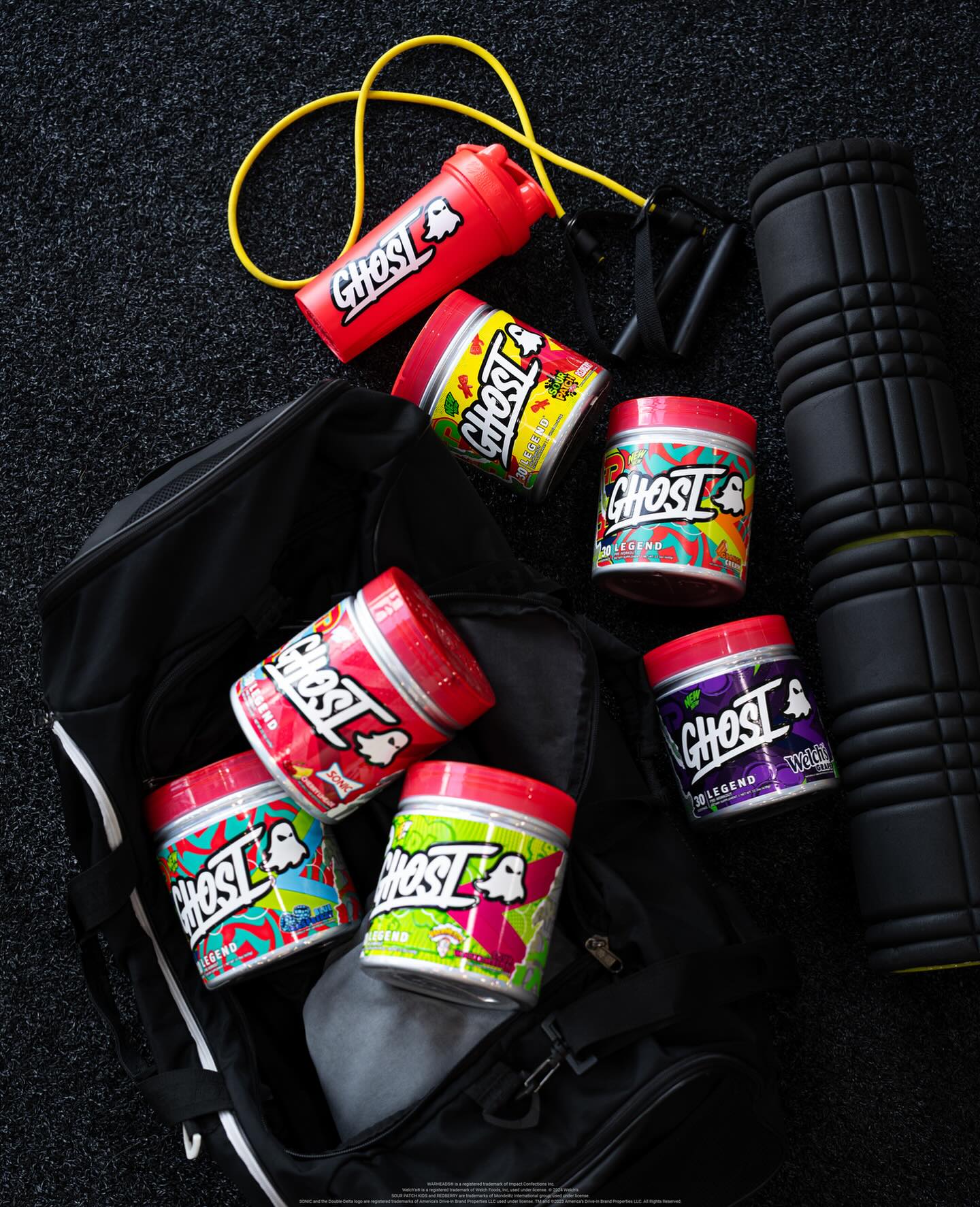
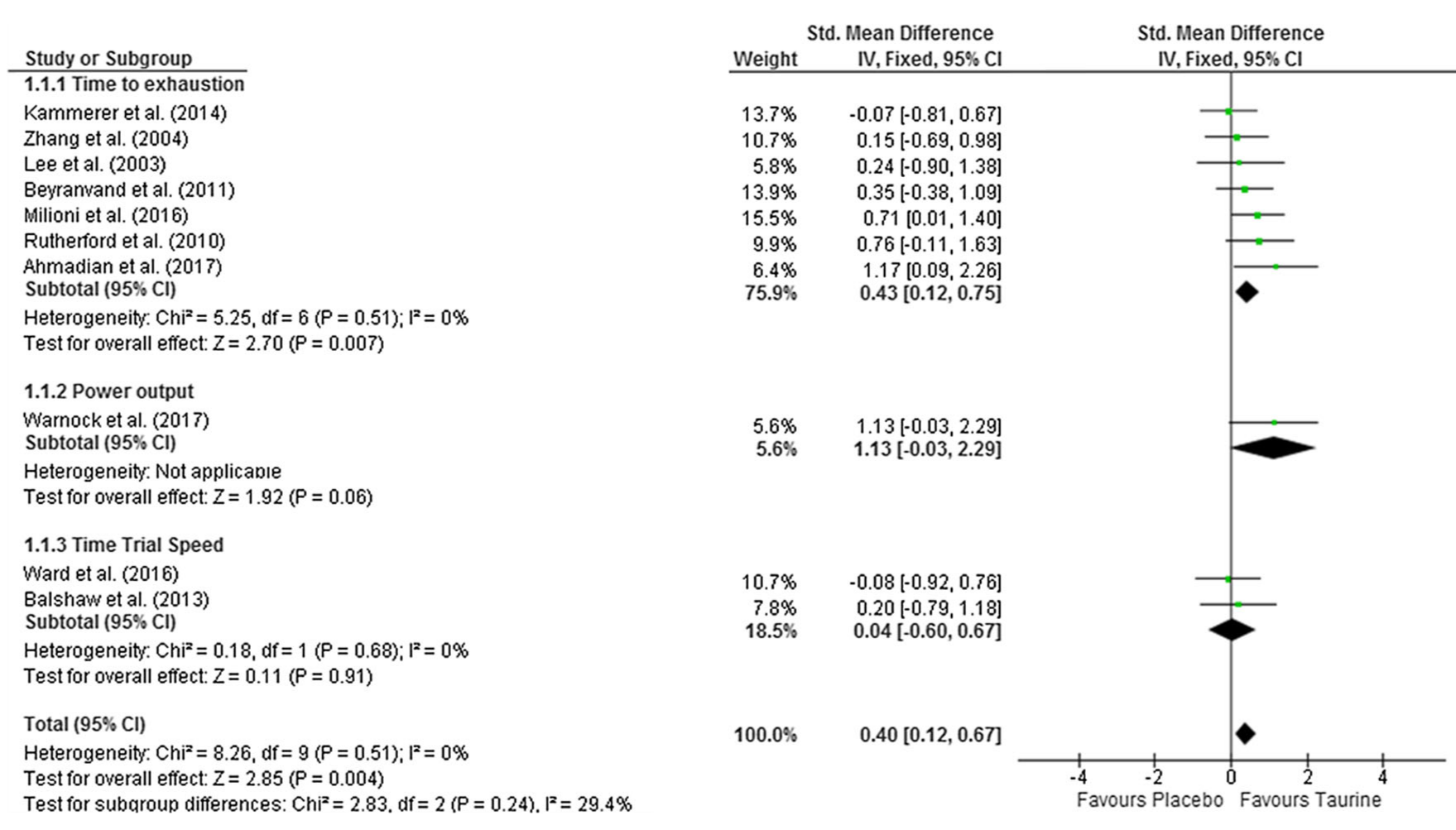
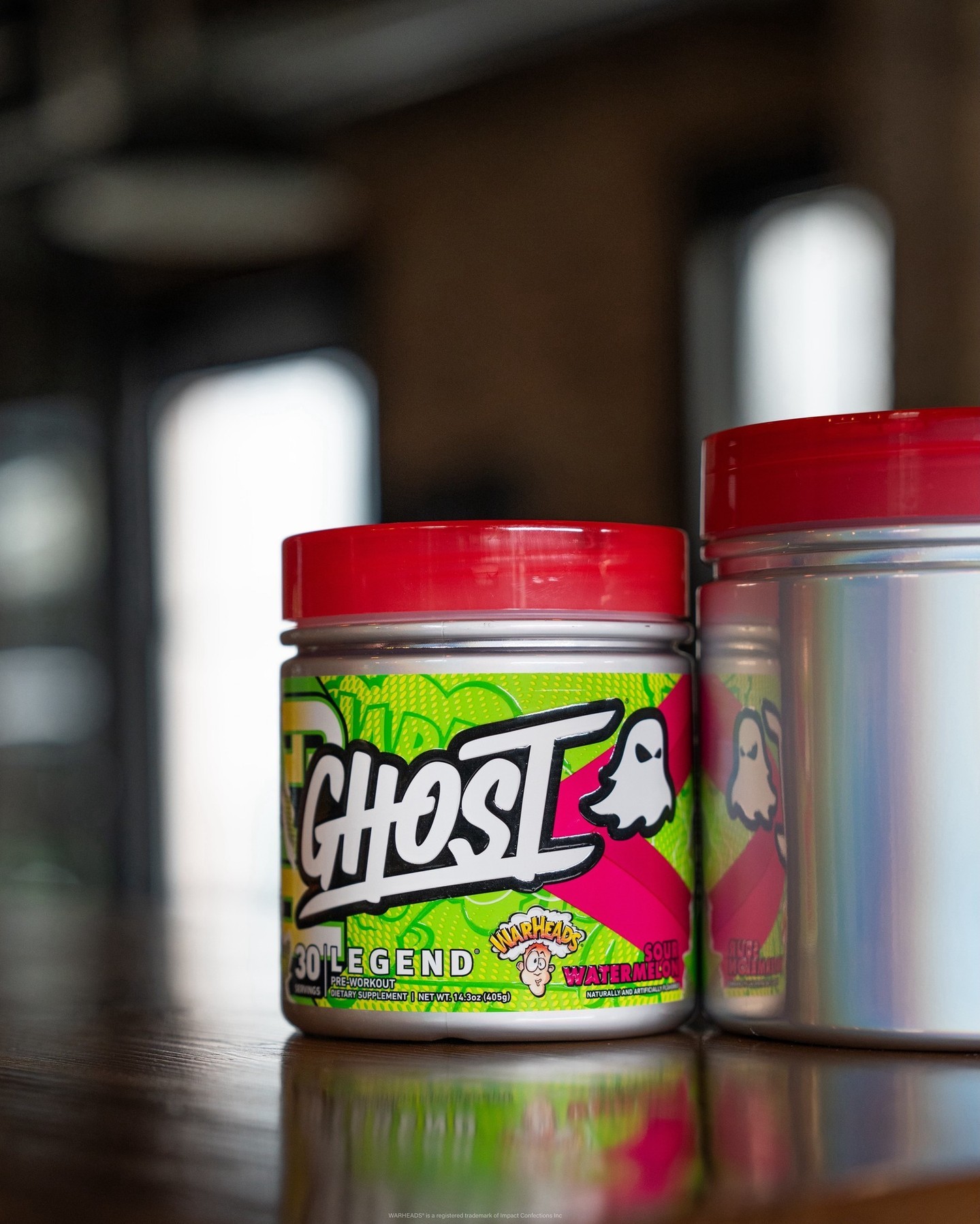
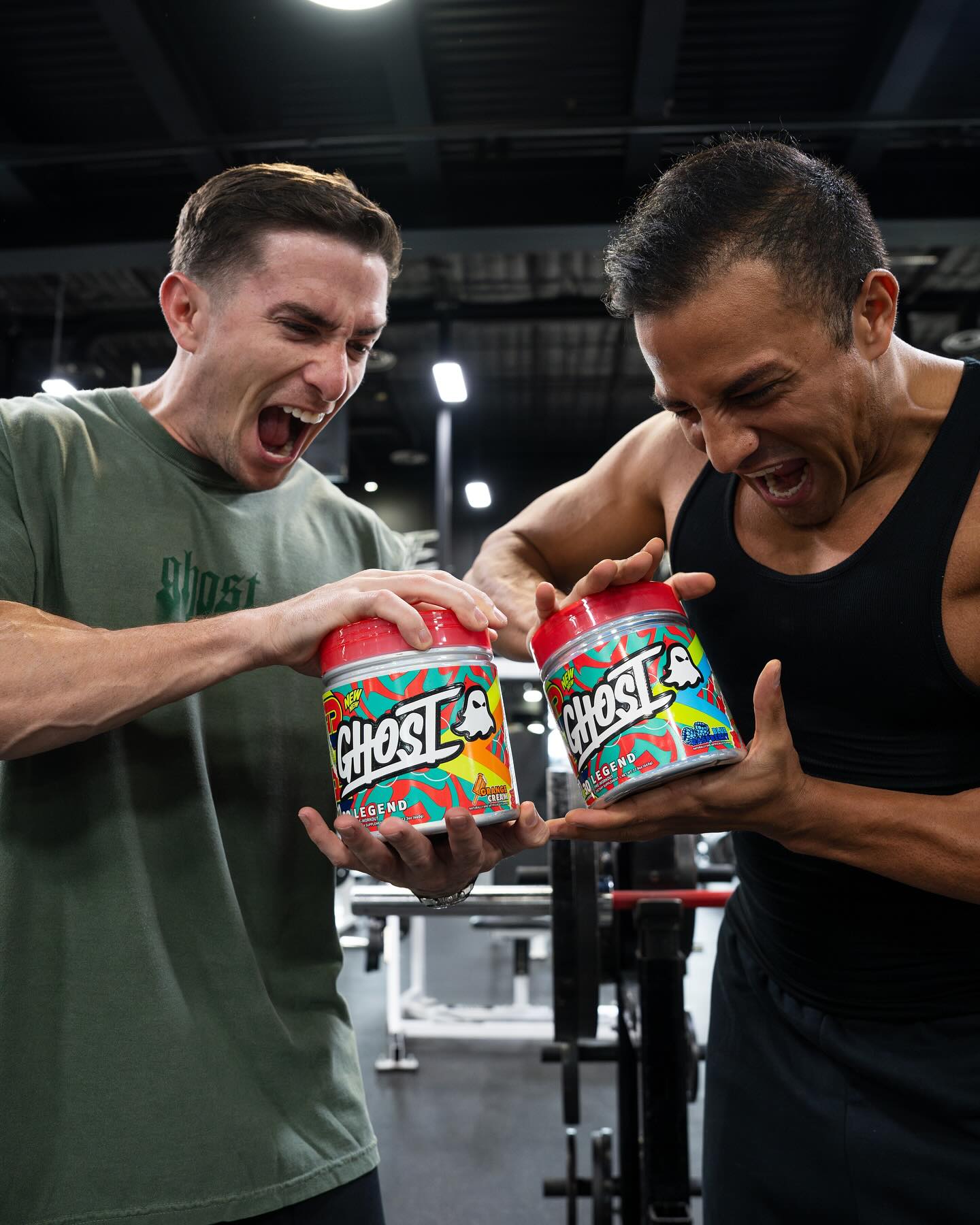
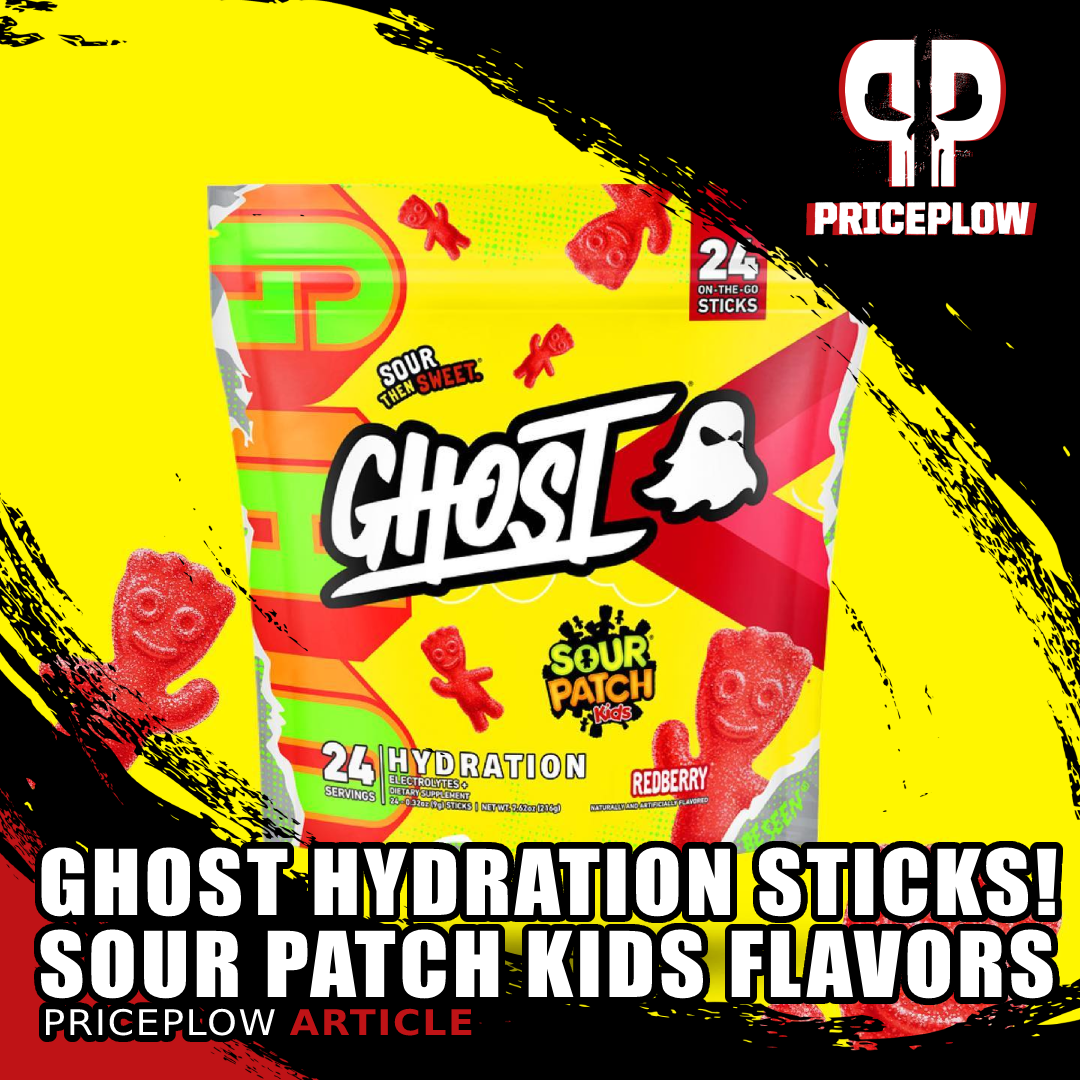
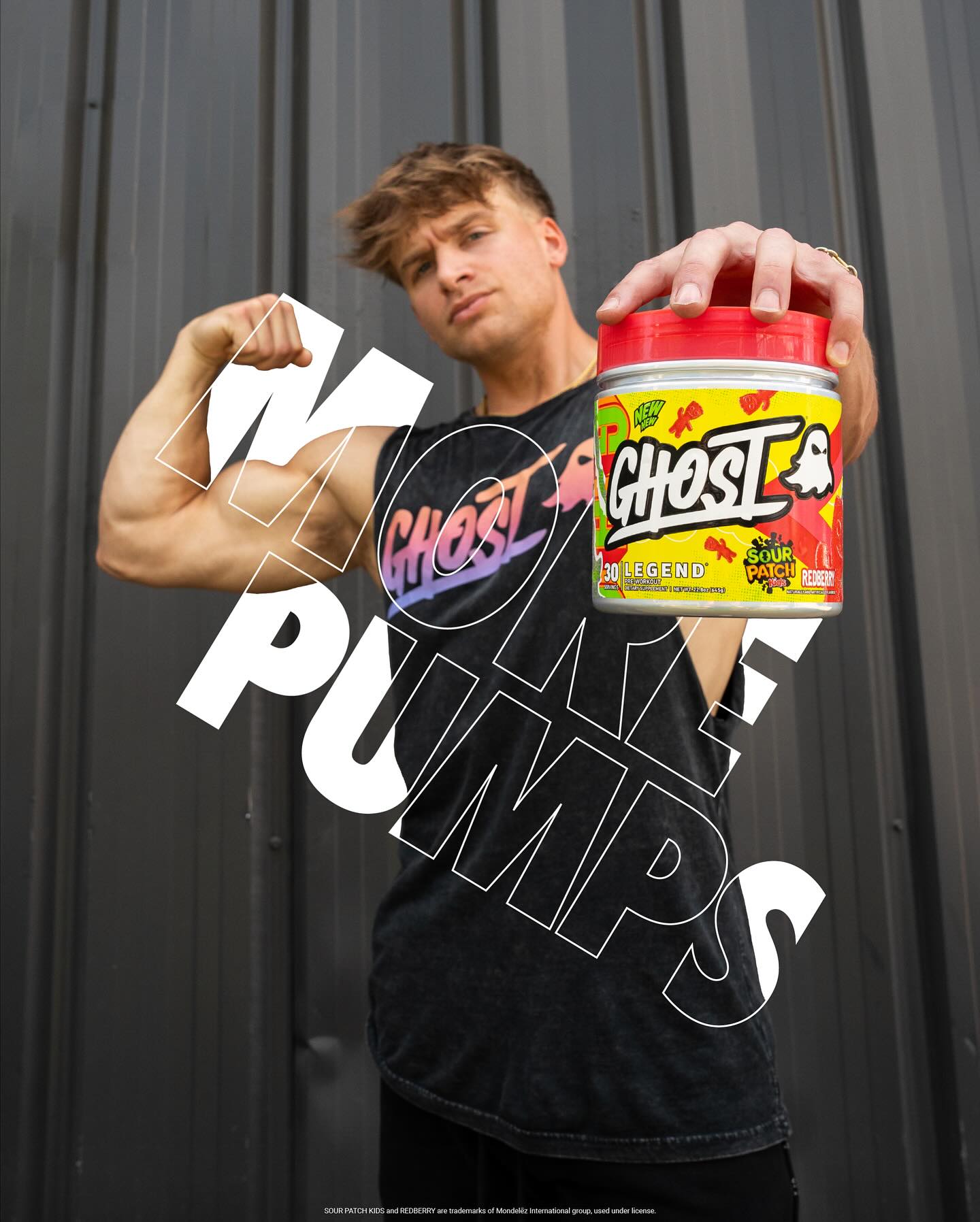
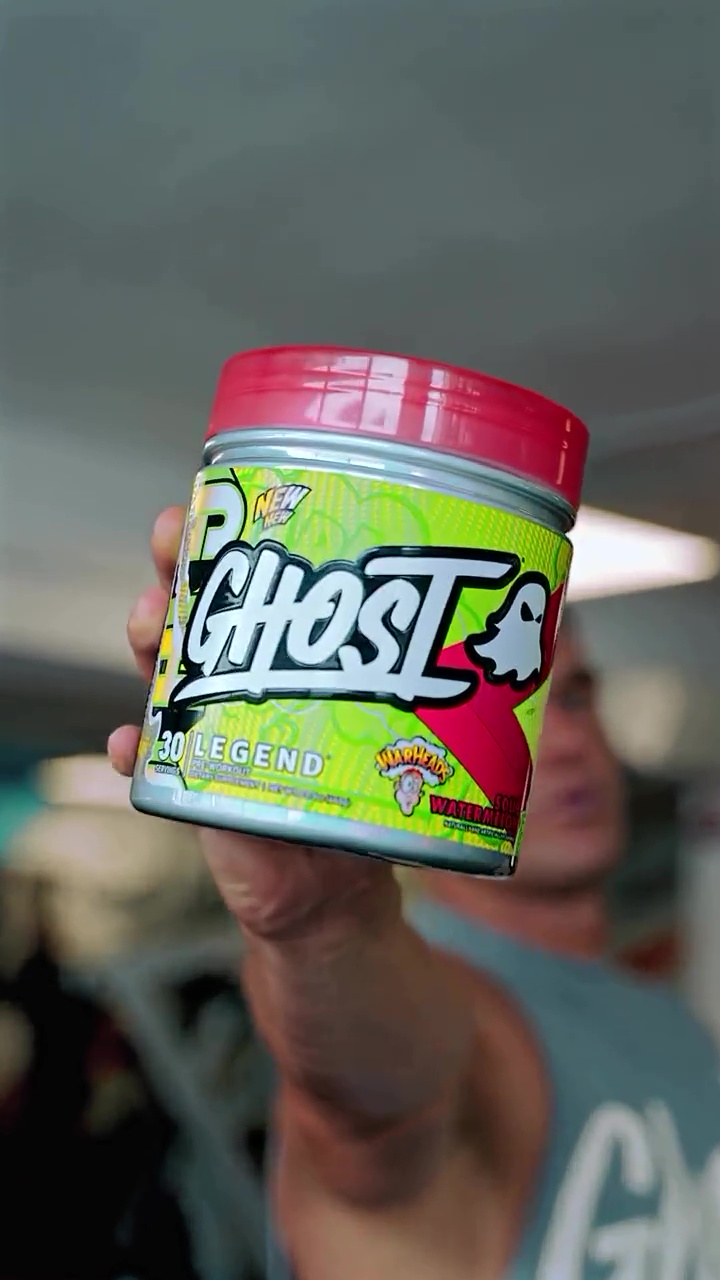
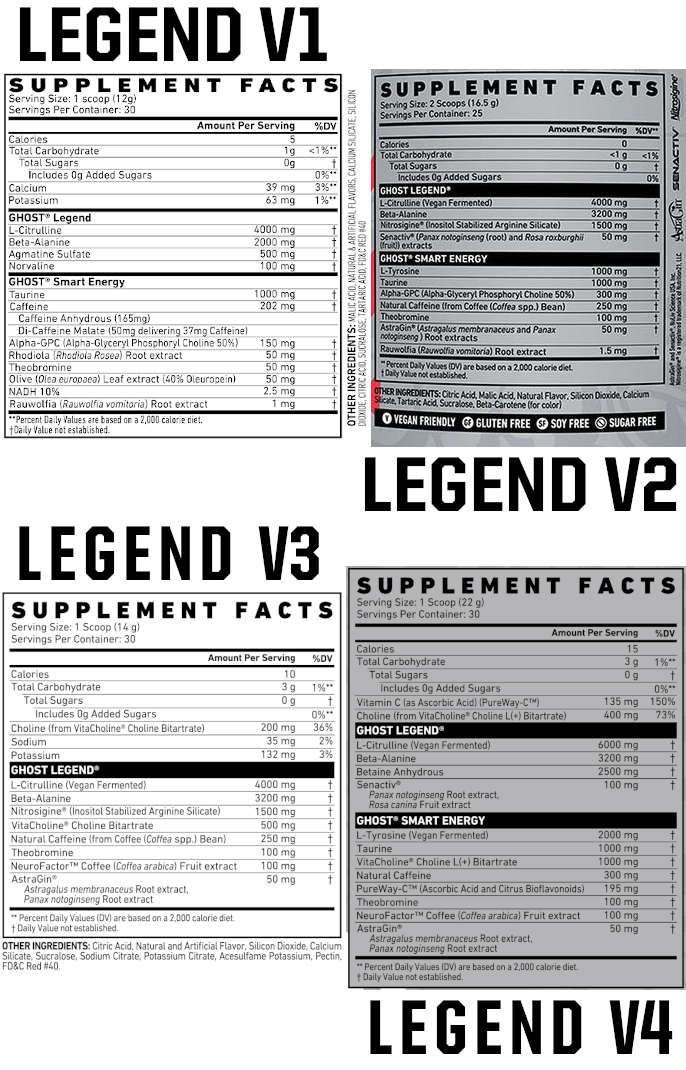
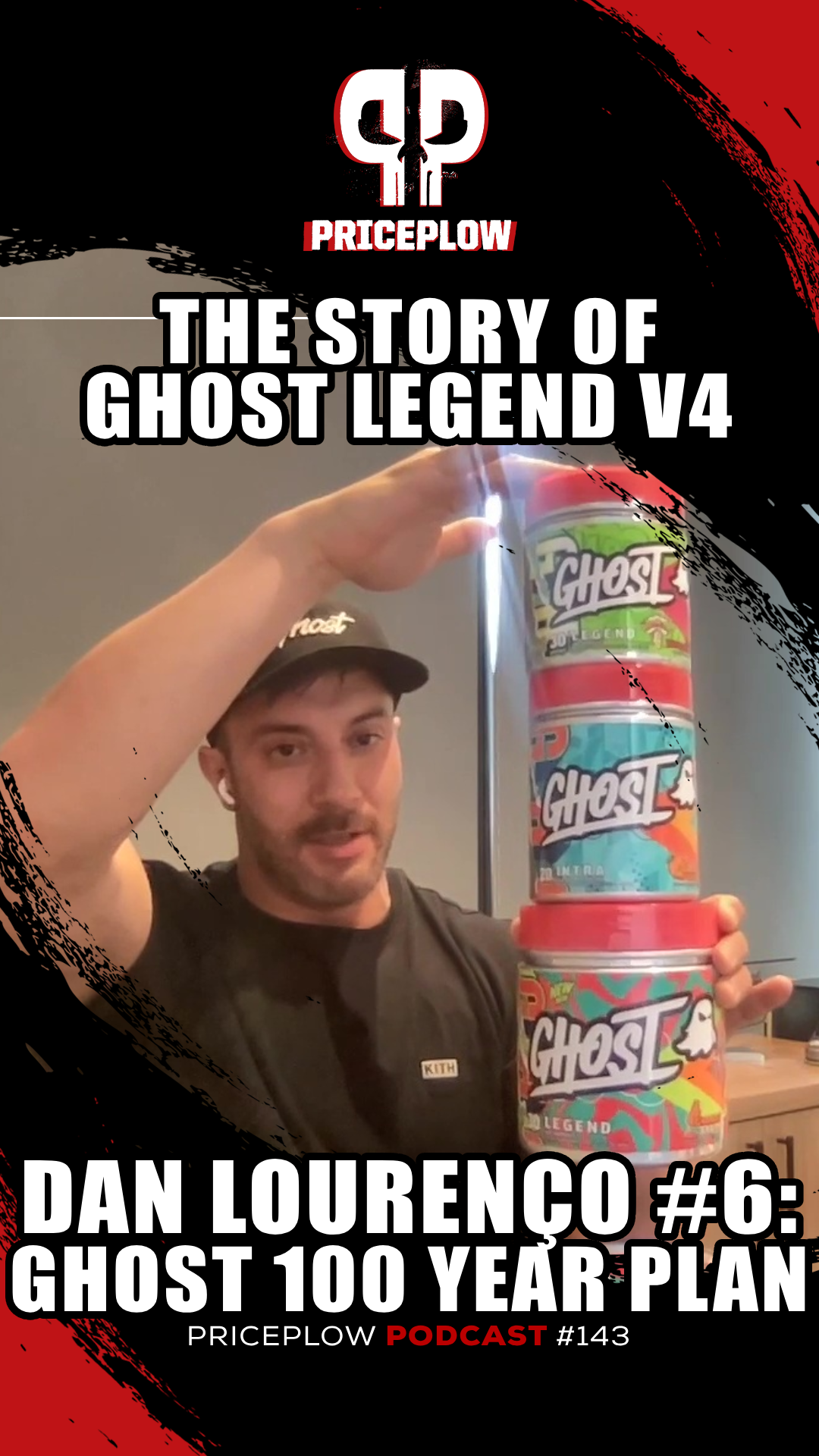
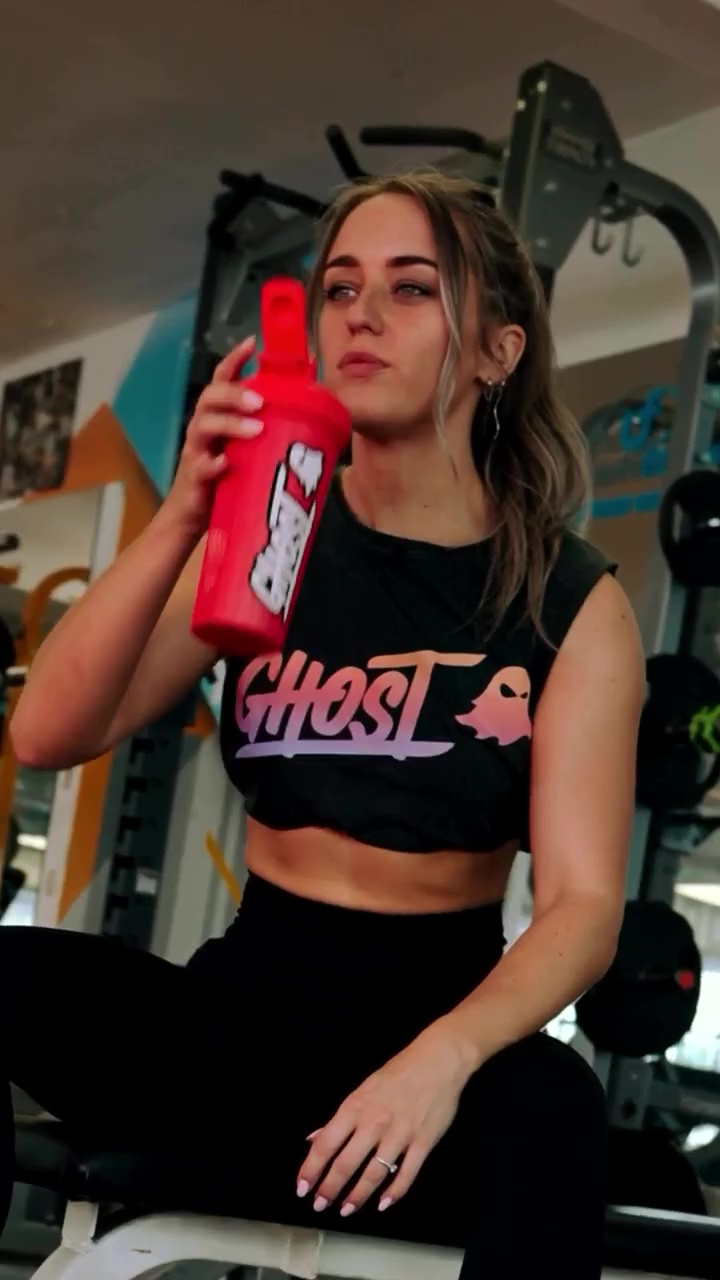



Comments and Discussion (Powered by the PricePlow Forum)